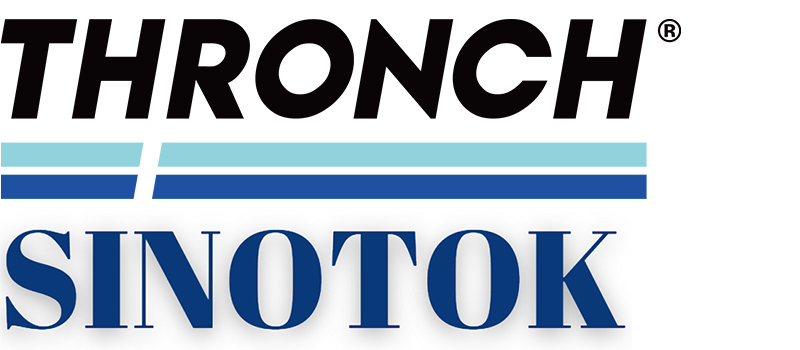Everything You Need to Know About Stud and Track Roll Forming Machines
Introduction:
- Briefly define what a stud and track roll forming machine is and how it is used in construction
- Mention the benefits of using a roll forming machine for manufacturing studs and tracks
- Include relevant keywords in the first paragraph (e.g. stud and track roll forming machine, metal framing, construction)
Section 1: What is a Stud and Track Roll Forming Machine?
- Provide a more detailed definition of a stud and track roll forming machine and its components
- Explain how it works and the different types available (e.g. manual vs. automatic)
- Mention the different materials that can be used with a roll forming machine (e.g. steel, aluminum)
Section 2: Applications of Stud and Track Roll Forming Machines
- Discuss the different industries that use stud and track roll forming machines (e.g. construction, automotive, aerospace)
- Explain the advantages of using roll forming machines for manufacturing metal framing components
- Provide examples of real-world applications and use cases (e.g. building construction, interior walls, suspended ceilings)
Section 3: Choosing the Right Stud and Track Roll Forming Machine
- Discuss the factors that should be considered when selecting a roll forming machine (e.g. material thickness, production speed, cost)
- Mention some of the popular brands and models on the market and their features
- Provide tips on how to compare different roll forming machines and choose the one that best fits your needs
Section 4: Maintenance and Troubleshooting
- Explain the importance of regular maintenance and cleaning to ensure the longevity of your roll forming machine
- Provide a basic maintenance checklist and tips on how to troubleshoot common issues (e.g. misaligned rollers, uneven material feed)
contact us for more information:SALES@STEELROLLFORMING.COM
Conclusion:
Reiterate the importance of using a stud and track roll forming machine for efficient and high-quality metal framing manufacturing
